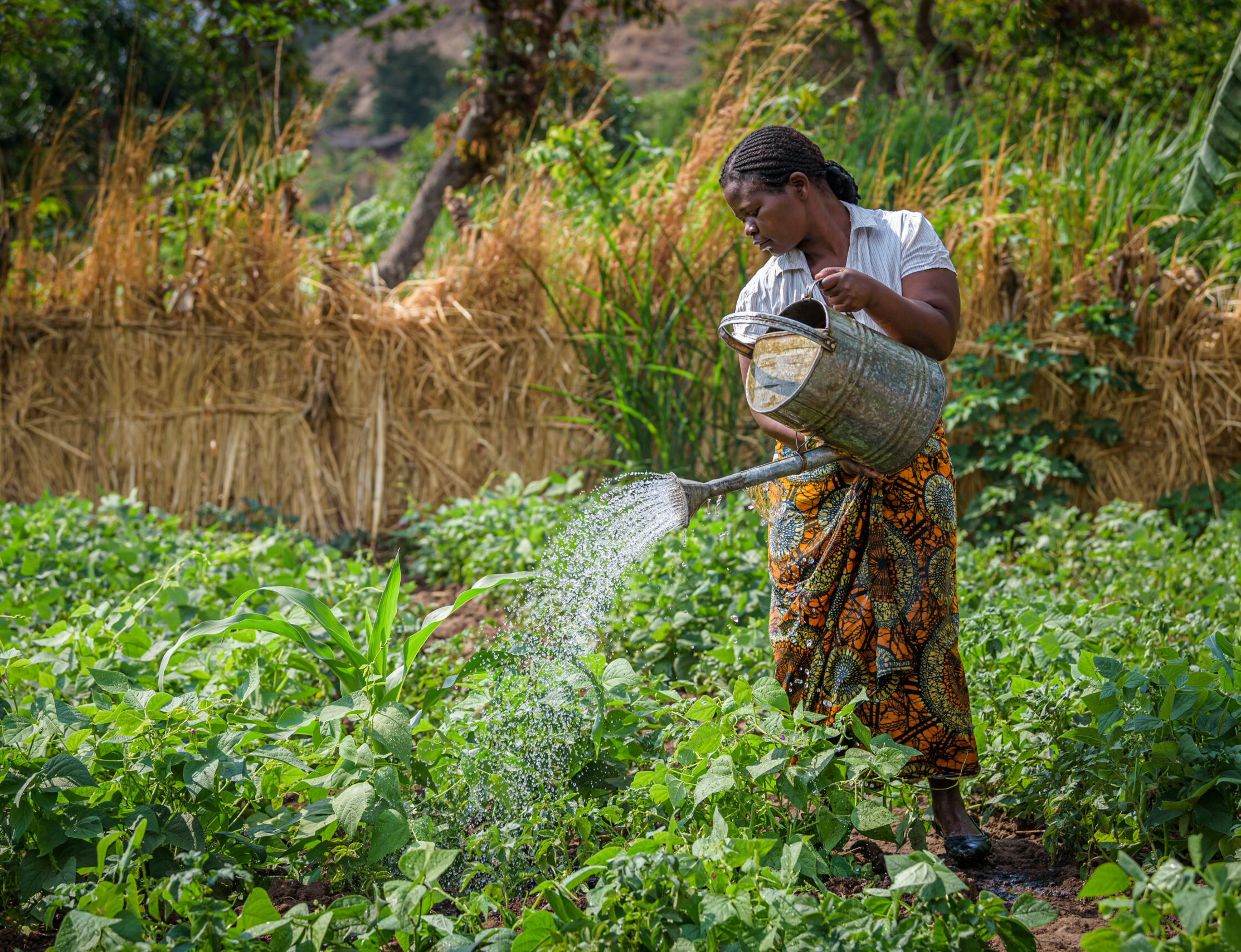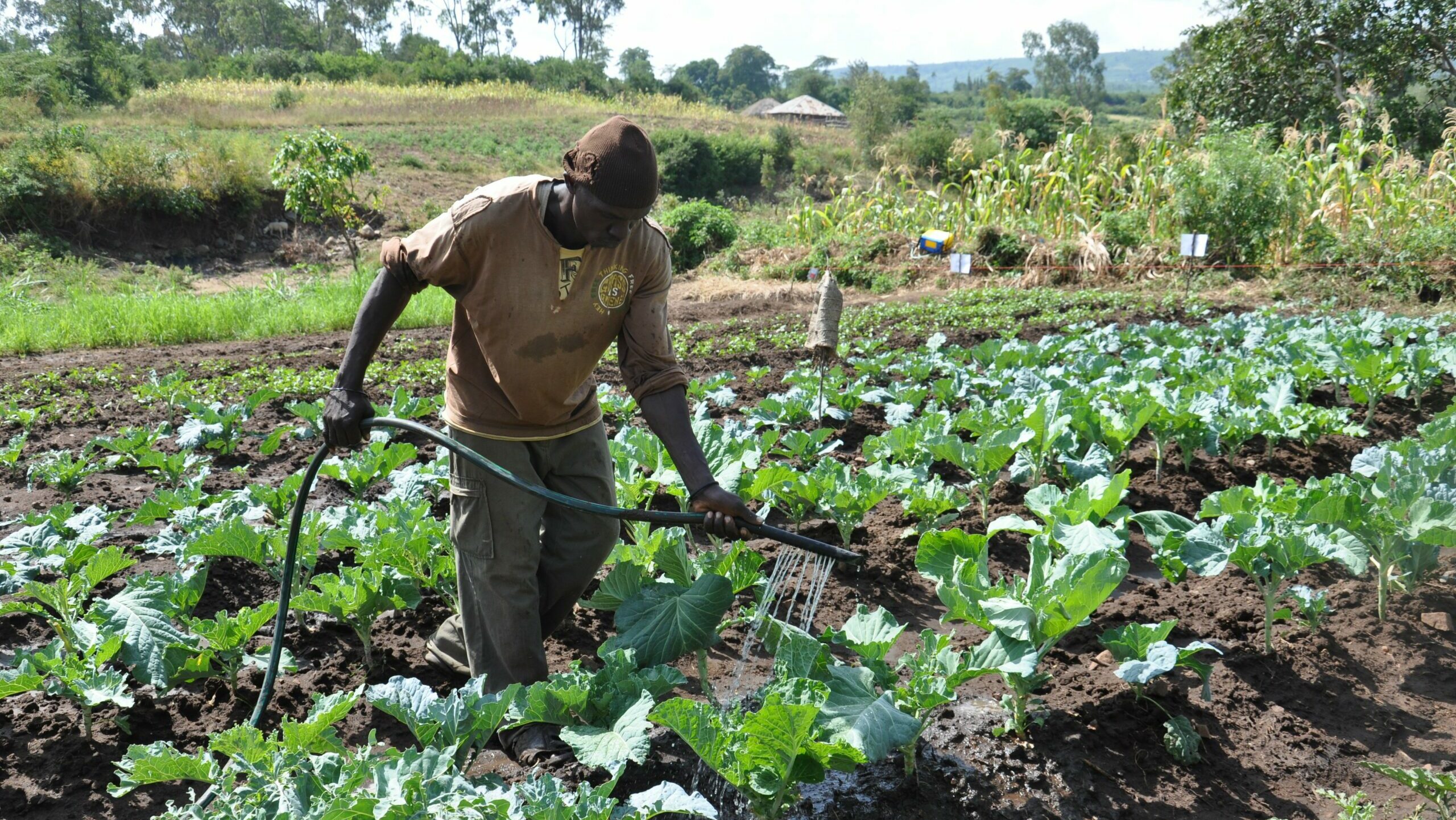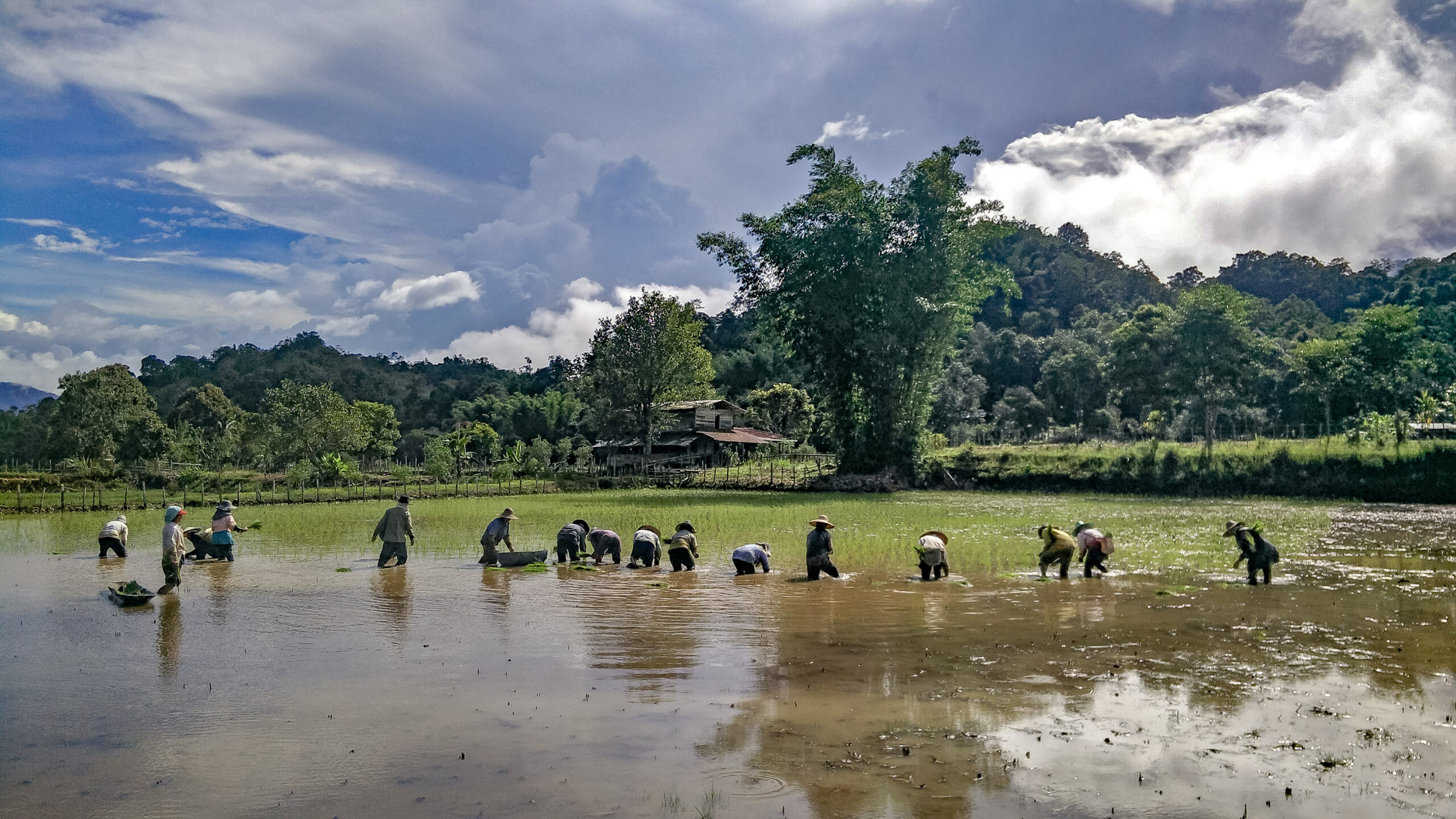
Water security refers to a population’s ability to ensure sustainable access to sufficient, high-quality water for livelihoods, well-being, and development. It involves protection from water pollution and disasters, as well as the preservation of ecosystems, within a context of peace and stability.
Water security- the ability to access enough safe, clean water for daily survival and related activities- creates an enabling environment for good nutrition. Reliable access to water is critical for crops and livestock to thrive, for washing and cooking foods, and for adopting hygienic practices that limit exposure to pathogens that reduce nutrient absorption. Despite these important interconnections, water and food security objectives are often pursued in isolation. Emerging evidence illuminating the transformative potential of integrating these efforts, particularly for achieving Sustainable Development Goals 2 and *6, is helping to dismantle these silos.
The advent of experiential food insecurity scales in the 1990s revolutionized how the global community conceptualizes and addresses malnutrition. These individual and household-level measures revealed disparities in access to nutritious foods that were masked by traditional supply-side indicators. Until recently, a parallel tool to measure water insecurity, the inability to reliably access sufficient water for domestic uses, was lacking. The Water Insecurity Experiential (WISE) Scales have filled this methodological gap. Early applications of the WISE Scales, from research studies to program impact assessments, have demonstrated that the measures produce actionable data for both the food and water sectors.
For one, we are now able to identify which populations are most acutely impacted by water insecurity. The inclusion of the Individual WISE Scale in the 2020 and 2022 Gallup World Poll has revealed that millions of people regularly experience water insecurity. For instance, nearly two-thirds of adults in Cameroon were estimated to experience moderate-to-high water insecurity in 2020, impacting their ability to wash their hands and eat preferred foods. These data also demonstrated that particular groups, including those with low incomes, are more likely to experience water insecurity.
Second, we can now quantify how tightly water and food insecurity are connected. The Food Insecurity Experiences Scale was implemented alongside the Individual WISE Scale in nationally representative samples from 25 countries as part of the Food and Agriculture Organization’s annual reporting efforts. Individuals experiencing moderate-to-high water insecurity were two-to-three times more likely to suffer from moderate-to-severe food insecurity compared to their less water-insecure counterparts, even when controlling for known confounders.

- Integrate water and food security policies: Siloed approaches to water and food security are no longer tenable. Policymakers must recognize the interconnectedness of these issues and develop integrated strategies that address both simultaneously. This will necessarily involve cross-sectoral collaboration, in which agriculture, water resources management, and nutrition experts work together to devise holistic solutions.
- Invest in water infrastructure and management: Access to safe and reliable water is fundamental to food production and consumption. Governments and development agencies must prioritize investments in water infrastructure, ensuring equitable access for all. This includes improving irrigation systems, enhancing water storage facilities, and promoting sustainable water management practices to mitigate the impacts of climate change. Decentralized and modular water systems should also be pursued in regions where piped water networks are not currently feasible or do not sufficiently meet community needs.
- Promote water-efficient agricultural practices: Agriculture is a major consumer of water, accounting for around 70% of global freshwater withdrawals. Providing resources for farmers to adopt water-efficient practices, such as drip irrigation and rainwater harvesting, can significantly reduce water usage while increasing crop yields. Additionally, promoting drought-resistant crops and agroforestry techniques can build resilience to water scarcity.
- Measure experiential water insecurity: The WISE Scales can be used to identify which groups are most acutely impacted by water insecurity and help to better target policies and programs. Additionally, measurement of water insecurity can help to identify new strategies to address growing food insecurity, particularly in the context of climate change. Because of this, numerous governments and development organizations are including the WISE Scales in their monitoring and evaluation efforts. For example, the WISE Scales have been included in Mexico’s National Health and Nutrition Survey for the past three years. Several NGOs, including Helvetas and charity: water, have also identified the WISE Scales as key performance indicators.
Sustainable Development Goal 2 calls for an end to hunger, achieve food security and improved nutrition and promote sustainable agriculture, but achieving this ambitious goal requires a holistic understanding of the interconnected challenges of water and food security. Through coordinated efforts to integrate water security into food and agriculture policies and programs, we can advance progress towards a world where everyone benefits from nutritious food and safe water.
Notes
* Sustainable Development Goal 6 declares the importance of achieving clean water and sanitation for all.
*World Water Day celebration: Please join the CSIS Global Food and Water Security Program on Friday, March 22 at 12:00PM EDT to discuss the themes of this year’s World Water Day.
* Join the launch of the WISE impact report on March 27, 2024. You can register for the event here.





